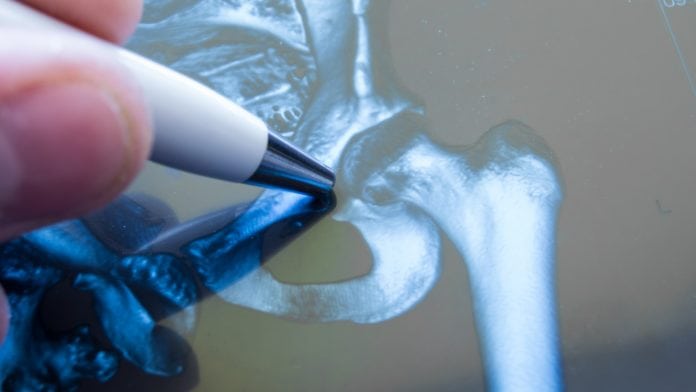
Surgeon highlights how most patients that require hip surgery are not aware of all the options that are available to them.
According to Simon Mellor, consultant trauma and orthopaedic surgeon at Highgate Private Hospital, UK, says that many patients are not conscious of the minimally invasive procedures for hip replacements, therefore opting for standard hip surgery which could lead to greater recovery times.
The diverse world of hip surgery
In the UK alone, roughly 160,000 hip and knee replacements are conducted per year, and this figure is rising annually by approximately 8% with the ageing population and more joint replacements are undertaken on individuals under 60 years of age.
There are two predominant types of hip replacement operations that are listed below:
- Total Hip Replacements and
- Hip Resurfacing
However, several different components and surgical techniques may be used to carry out such operations.
Mellor offers a technique that many patients in the UK do not know is available to them, as only a handful of surgeons including Mellor have the expertise to carry this out.
The procedure, known as Anterior Hip Replacement, has the advantage of having a much quicker recovery time, with the patient having the ability to be mobile without assistance compared to a standard hip replacement.
Mellor explains: “Hip replacement surgery is usually necessary when the hip joint is worn or damaged to the extent that your mobility is reduced and you may experience pain even while resting.”
“However, the options for surgery is more varied than ever, but patients do need to shop around”.
How does the surgery work?
In a standard hip surgery procedure, the surgeon completely removes the existing hip joint by making a relatively large incision into the skin next to the hip, therefore allowing the surgeon to gain access to the hip joint. This requires splitting or cutting muscles and tendons.
The key difference with the Anterior Hip Replacement technique is that the incision in the skin is at the front of the hip area rather than at the side, and then the surgery only involves pushing the muscles surrounding the hip joint out of the way.
By doing so, there is no muscle or tendon damage and therefore less post-operative pain and quicker mobilisation is possible.
Minimal risk, maximum recovery
Mellor concludes: “This is the most minimally invasive hip replacement surgery.”
“With no muscle damage, there is less post-operative pain and quicker return to walking. It may also mean that there is likely to be a reduction in the risk of dislocation of the new hip replacement, although more research is required to prove this outcome.”
“However, at present only a handful of surgeons in London offer this technique, so most patients requiring hip replacements are not aware that this exists”.
























